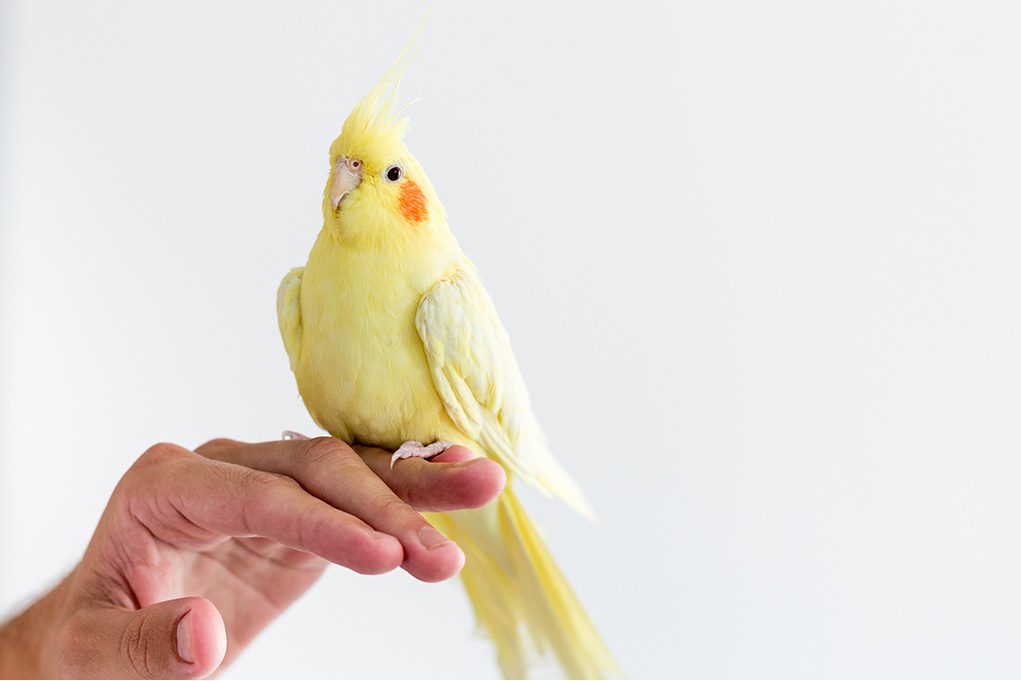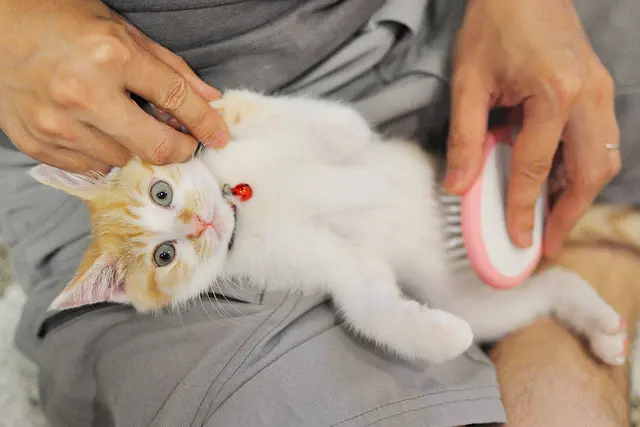Pet Nutrition: What To Feed Your Furry Friend
Does your pet get excited about meal time? We’re betting that’s a yes. While our patients have wildly differing perspectives on most topics, the bulk of them agree on one thing: they really love meals and snacks. Filling Fluffy and Fido’s bowls isn’t difficult, but deciding what to put in them can be complicated. In this article from All About Animals Veterinary Services, serving the Villa Rica area, a Carrollton, GA veterinarian shares some tips on pet nutrition.
What Ingredients in Pet Food Should You Avoid?
One of the most important things to consider is what is in your pet’s food. Many varieties of human and pet foods are heavily processed these days, and they may contain fillers, preservatives, and other ingredients that may not only be suboptimal but even harmful.
Here are some things to avoid in your pet’s food:
Artificial Food Coloring: Dyes will do nothing to boost your pet’s health. They are typically used to make the finished product appear more appealing and uniform to humans. Red #40, Yellow #5, and Yellow #6 are especially problematic. They all include benzidine, which is a recognized carcinogen.
Rendered Fat: Rendered fat may appear logical, however it is frequently prepared by combining and boiling the undesired portions left over after animals have been processed for meat. Unfortunately, some of the animals may have been ill or infected.
Propylene Glycol: Propylene glycol is a food stabilizer that is commonly used in both Fido and Fluffy’s treats. Large doses can induce adverse effects. It has also been outlawed in Europe, which is reason enough to be concerned.
Corn Syrup/High Fructose. Corn Syrup: If you’ve developed the habit of reading food labels, you’ve probably noticed that corn syrup is now used in a lot of things. It has been associated with a number of human medical disorders, including heart disease, diabetes, and fatty liver disease. It is not harmful to Fido, but it is high in sugar and is generally unhealthy for him.
Artificial Preservatives: The most frequent ones are butylated hydroxyanisole (BHA), butylated hydroxytoluene (BHT), and ethoxyquin. These can be found in a wide variety of wet and dry foods, as well as treats.
Thickening Agents: While thickening agents are unlikely to be at the top of the list of harmful foods, they are also not without drawbacks. Carrageenan, guar, xanthan, and cassia gums are among the most often utilized. They also offer advantages, such as stability and texture. However, some studies indicate that they may be carcinogenic.
For further information, ask your Carrollton, GA veterinarian.
How Should I Choose the Right Food?
The first thing you should do is talk to your furry pal’s doctor. While we may go over some broad points, it is vital to remember that each pet is unique. Several criteria are considered here, including your pet’s age, health, breed, and lifestyle, as well as any medical concerns they may have. An underweight Pug has extremely different dietary needs than a plump Lab, and a young St. Bernard requires different food than a senior Dachshund.
Aside from that, stick to brands that have AFFCO clearance. AFFCO, or the Association of American Feed Control Officials, is a non-profit organization dedicated to regulating pet food ingredients, manufacturing methods, and quality laws. They work to guarantee that pet food fulfills the essential quality standards to keep your pet healthy, as well as that the nutrients are in the proper amounts. A seal of approval from them confirms that the brand has been thoroughly assessed.
The AFFCO divides pet food ingredients or nutrition into six categories.
Water: Your pet should always have access to fresh water. Water is also used in meals. The amount of moisture in your pet’s food could impact how easily they absorb the nutrients. For instance, our feline friends actually need quite a bit of moisture in their diets. Mice, birds, and other animals make up cats’ natural diets. Fluffy also consumes her prey raw, which ensures she gets plenty of water from her natural diet.
Carbohydrates, Including Fiber: Carbs give dogs energy in the form of glucose, which is essential for keeping their tails wagging. Cats, on the other hand, require no carbohydrates in their diet. Fluffy will, however, continue to acquire carbs and fiber from her prey in the wild. However, carbohydrates should not be the primary constituent in a dog or cat’s diet.
Vitamins: Vitamins help many of your pet’s organs and systems function properly. Different vitamins have various functions. We will not go into detail about each one, save to say that it is critical that vitamins be added in the proper proportions. Both too much and too little are risky. Vitamin A, Vitamin B, Vitamin C, Vitamin D, Vitamin E, iron, zinc, and calcium are all vital nutrients for pets.
Minerals: Minerals are also important for your pet’s health because they maintain its internal systems. Iron, zinc, copper, and magnesium are essential nutrients for dogs and cats.
Fat: Fat offers energy, protects Fido’s coat and skin, and lowers inflammation. It is also important for helping pets absorb nutrition, providing insulation and protection, and hormone production. Linoleic acid, flaxseed, and fish oils are all potential sources of fat in pet food. Fatty acids, such as omega-3 and omega-6, are essential for pets.
Protein: Protein is essential for pets’ cartilage, tendons, ligaments, skin, fur, claws, muscle, and blood cells. As it degrades, it produces vital amino acids, which are critical for your pet’s health and survival. Chicken, lamb, fish meal, cattle, and eggs are common sources of animal protein in pet food. Plant-based proteins include corn-gluten meal, soybean meal, and legumes.
Making Sense of Pet Food Labeling
One of the most effective things you can do is develop the habit of reading food labels. Here’s when things can get difficult. Many businesses employ deceptive marketing strategies to make their items appear better than they are.
AAFCO-approved foods must display a few key pieces of information on their labels.
- Brand And Product Names
- Name Of The Animal That The Food Is For (Dog, Cat, Etc.)
- Quality Statement
- Ingredients List
- Feeding Instructions
- Analysis. This is a huge one because it shows the percentages of the nutrients stated above. While some elements can be specified with a maximum percentage and others with minimums, the list must be in a specific order and in measured units.
- Statement: A nutritional sufficiency declaration that “indicates that the food is complete and balanced for a particular life stage, such as growth, reproduction, adult maintenance or a combination of these, or intended for intermittent or supplemental feeding only.”
- Name and address of the manufacturer or distributor
The ingredient list is where things can get complex, thanks in large part to labeling requirements. For example, if an ingredient appears in the name of a product, it must account for at least 95 percent of the item. There are some workarounds, though. Something labeled ‘flavor’ just needs to include roughly 3% of that element.
Make sure to consult your Carrollton, GA veterinarian for specific recommendations on what to feed Fido and Fluffy. That involves receiving advice on things like food sizes and meal times.
Make An Appointment At Our Carrollton, GA Pet Clinic
Do you have any queries or worries concerning your pet’s diet? Are you wondering what you should feed your pet? Please contact All About Animals Veterinary Services, your local Carrollton, GA pet hospital serving the Villa Rica area, at any time.



